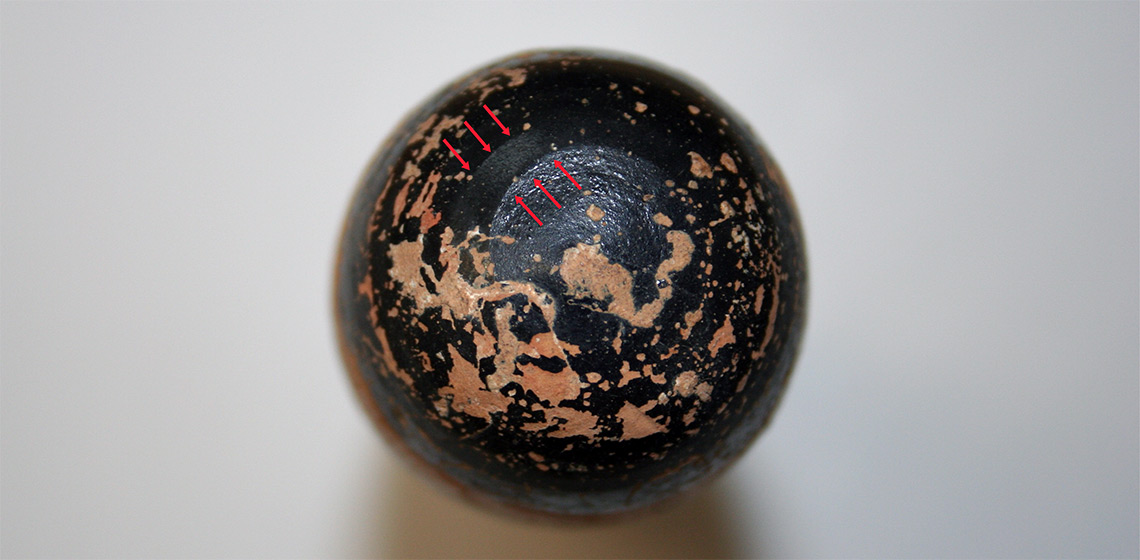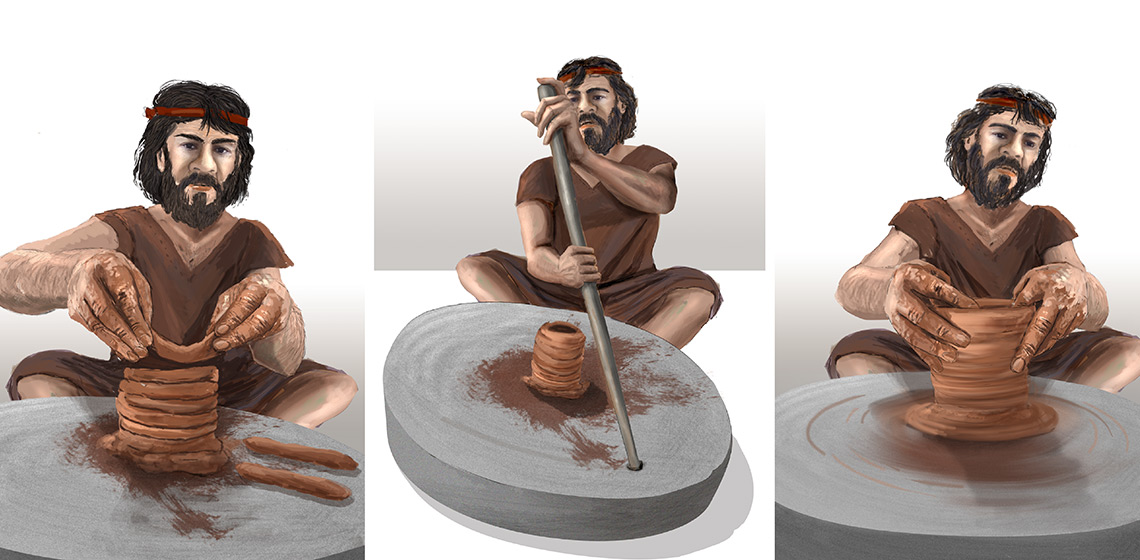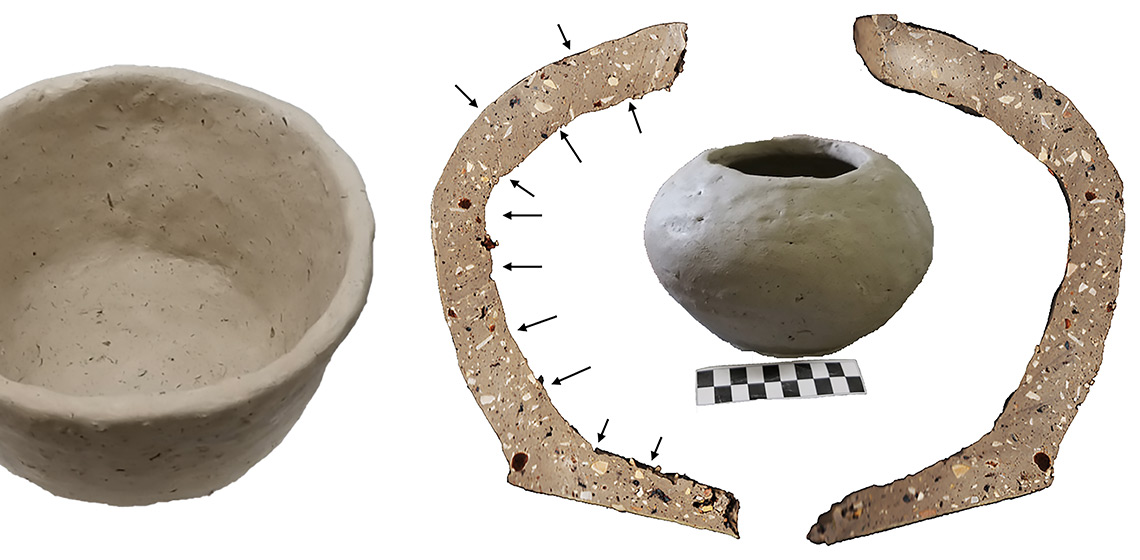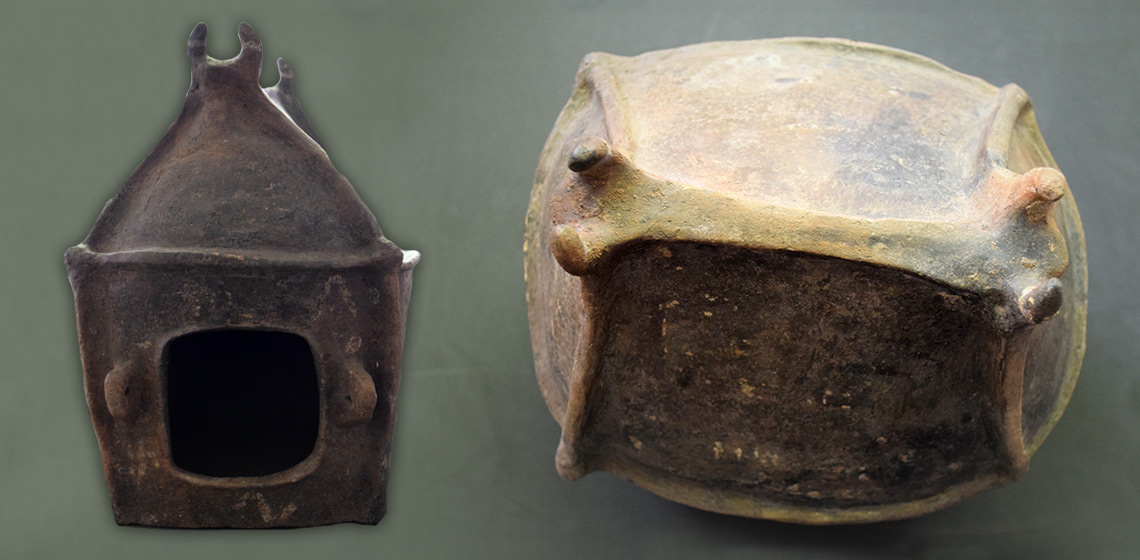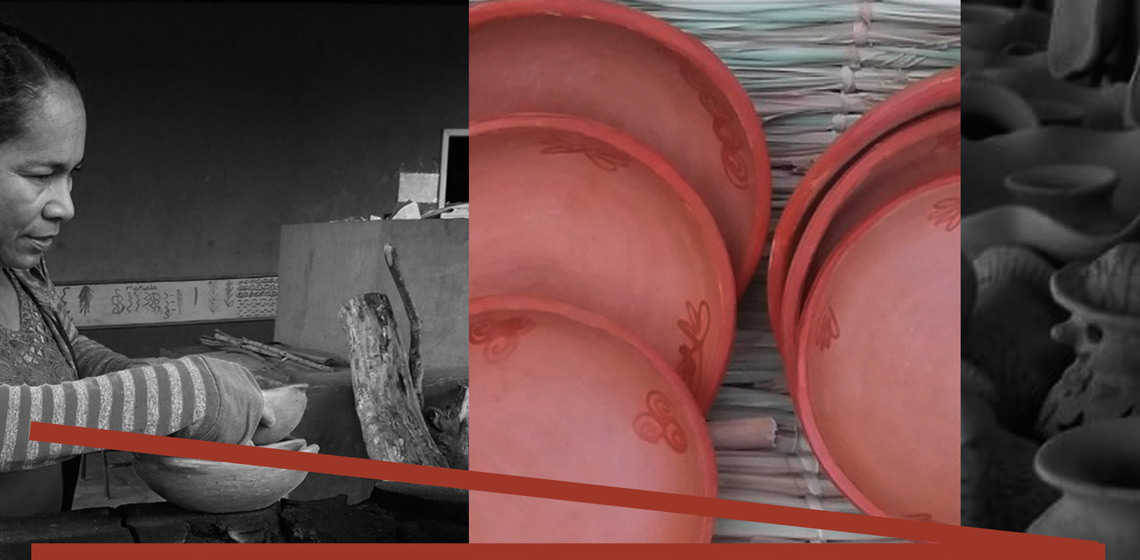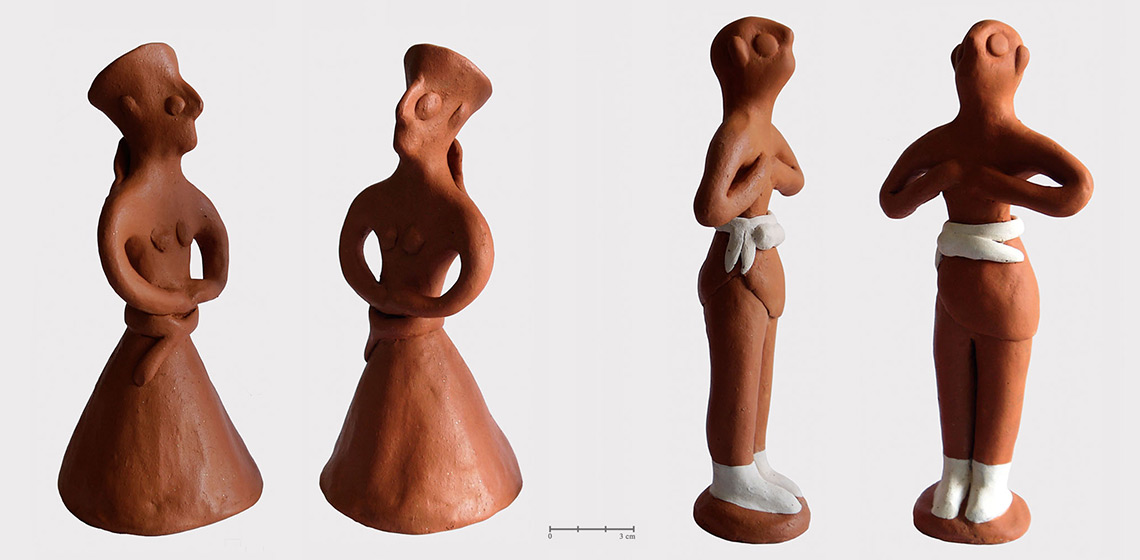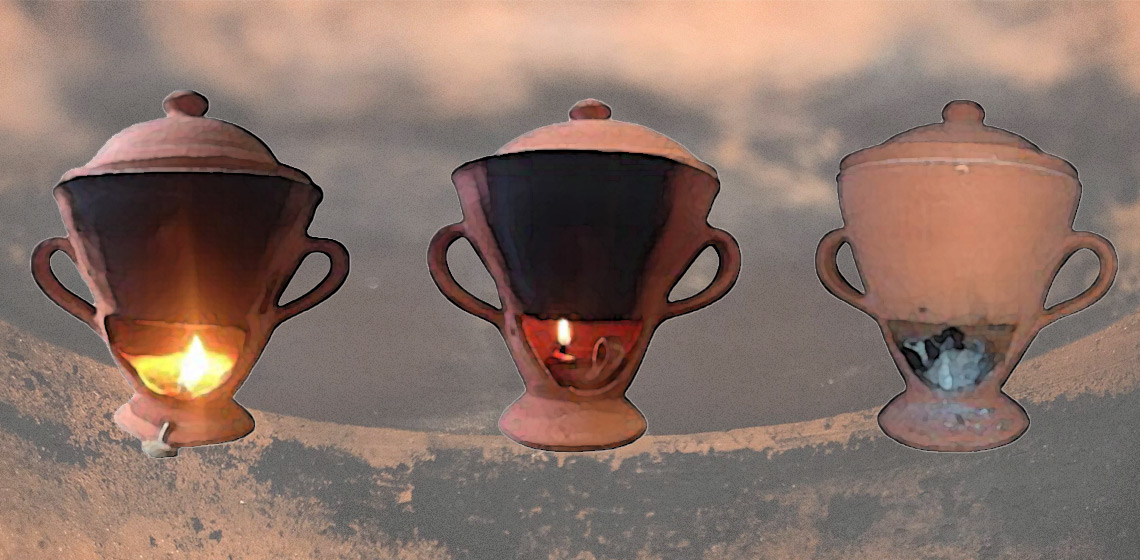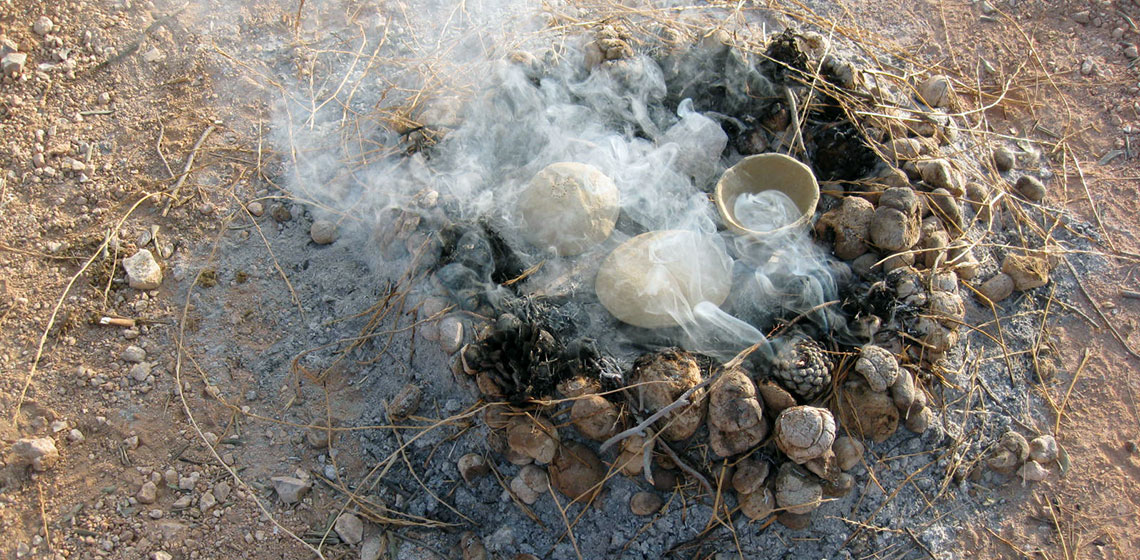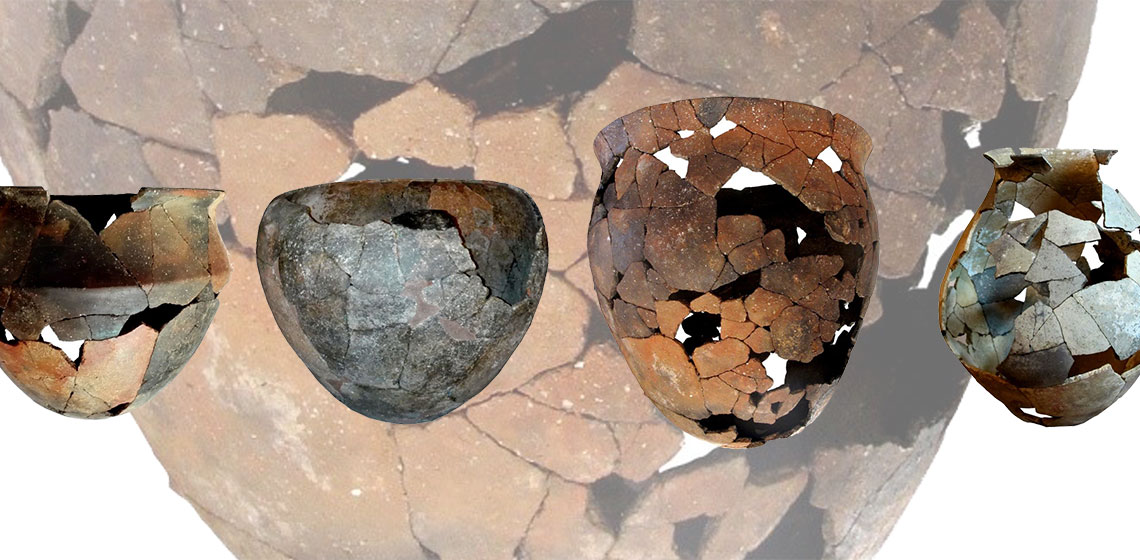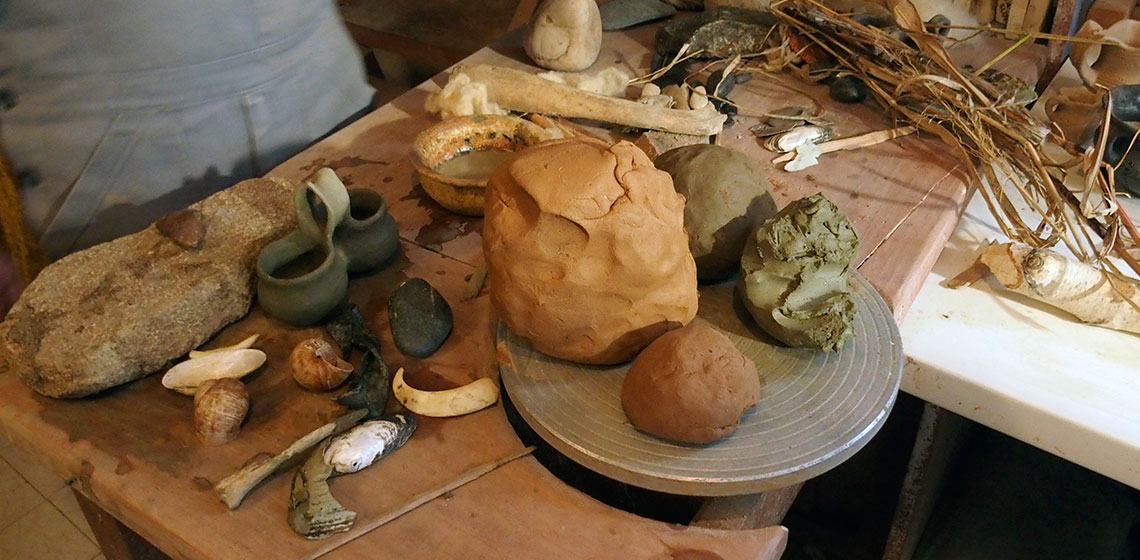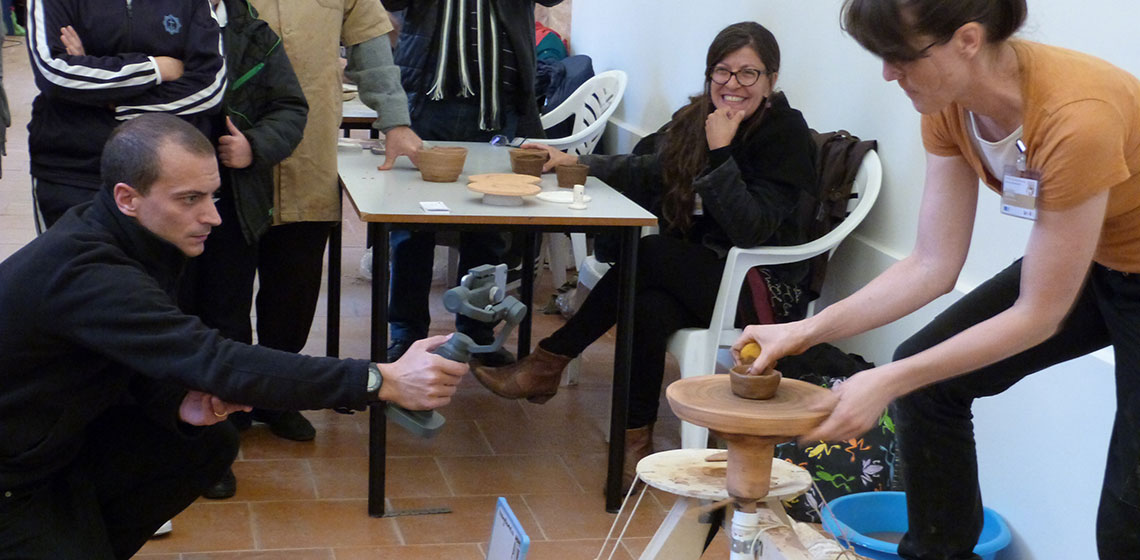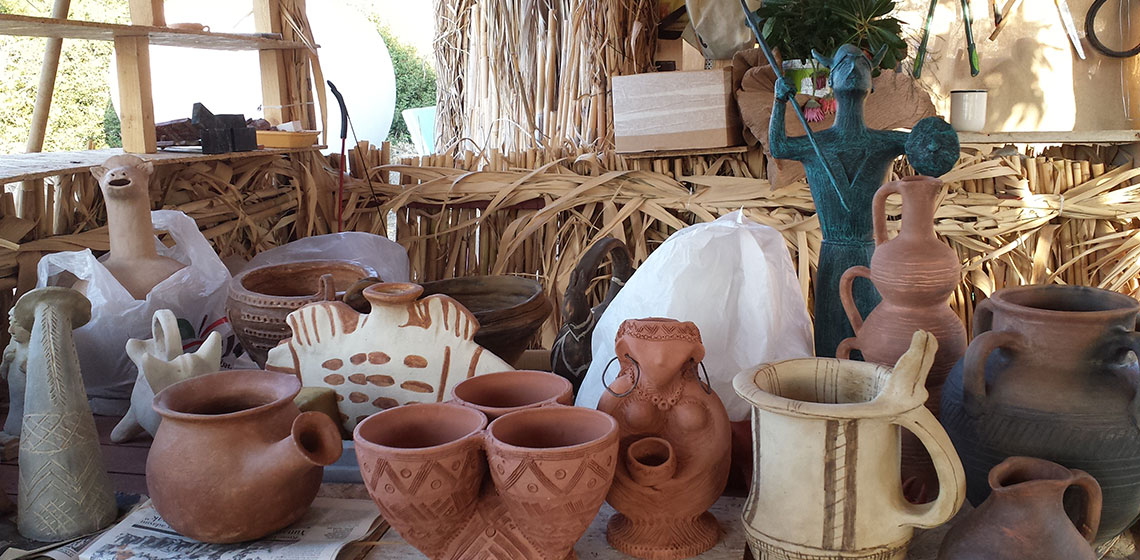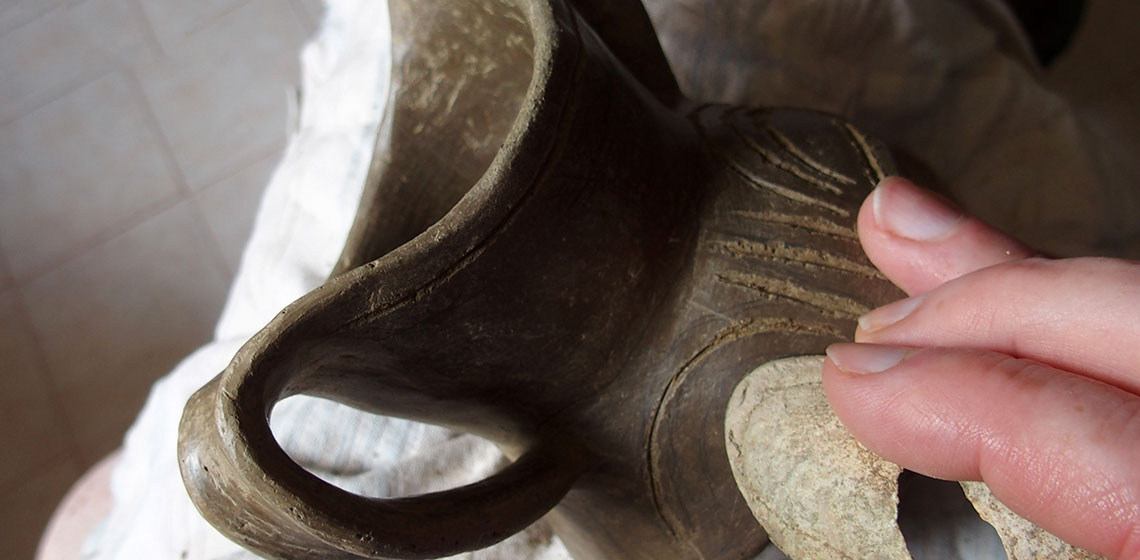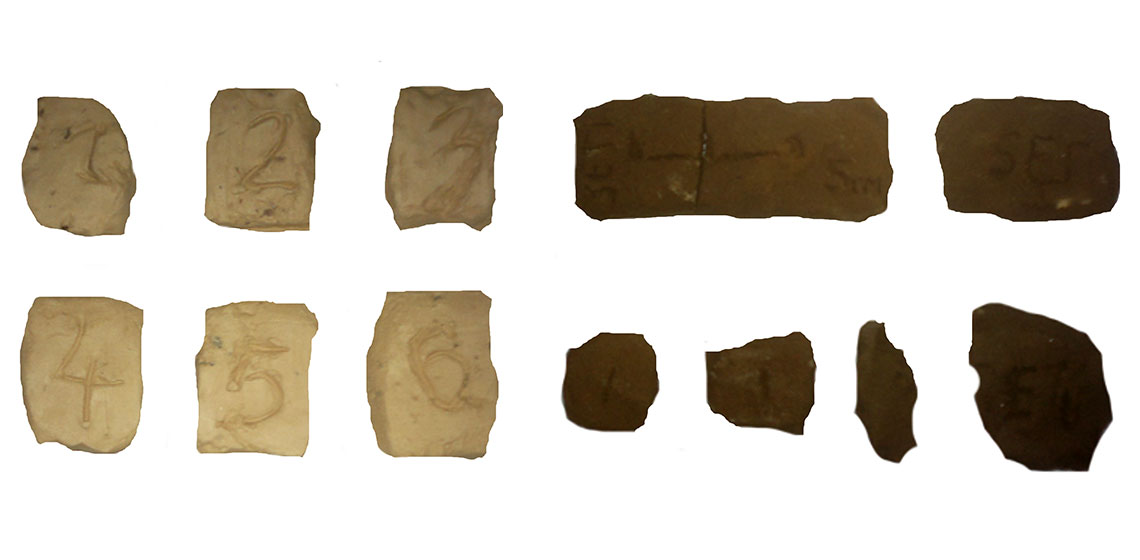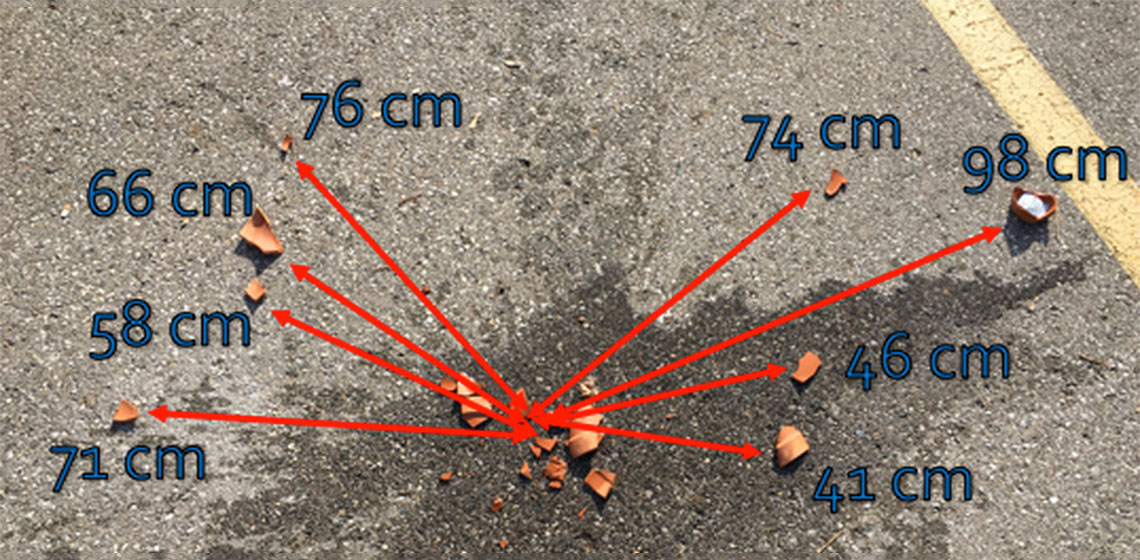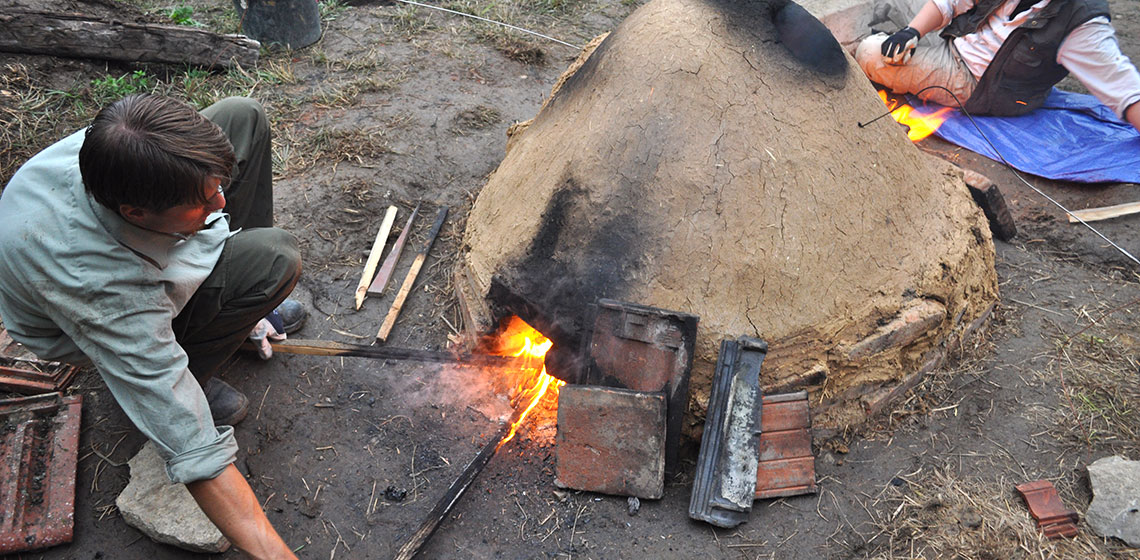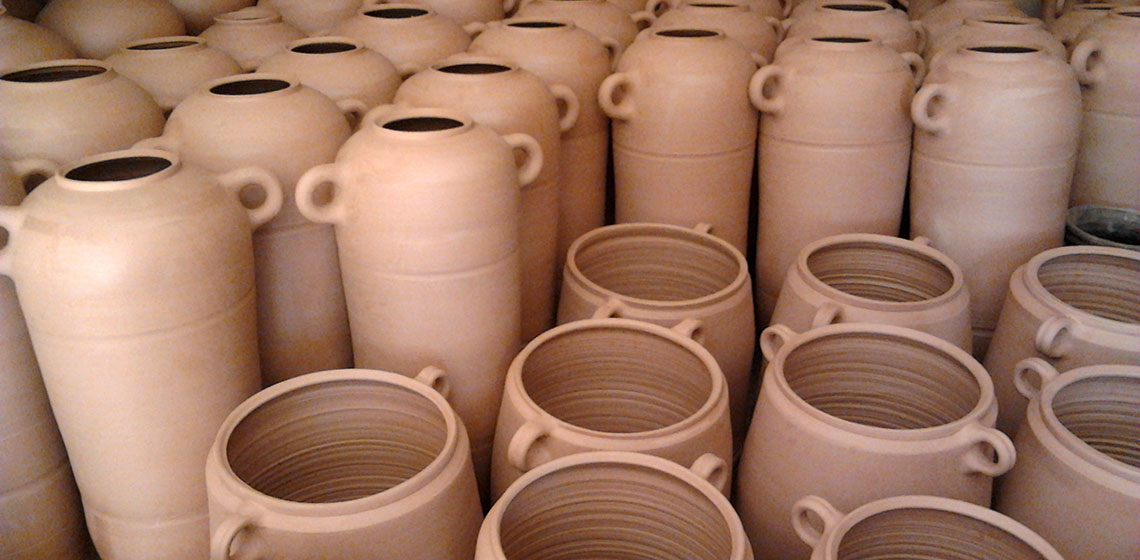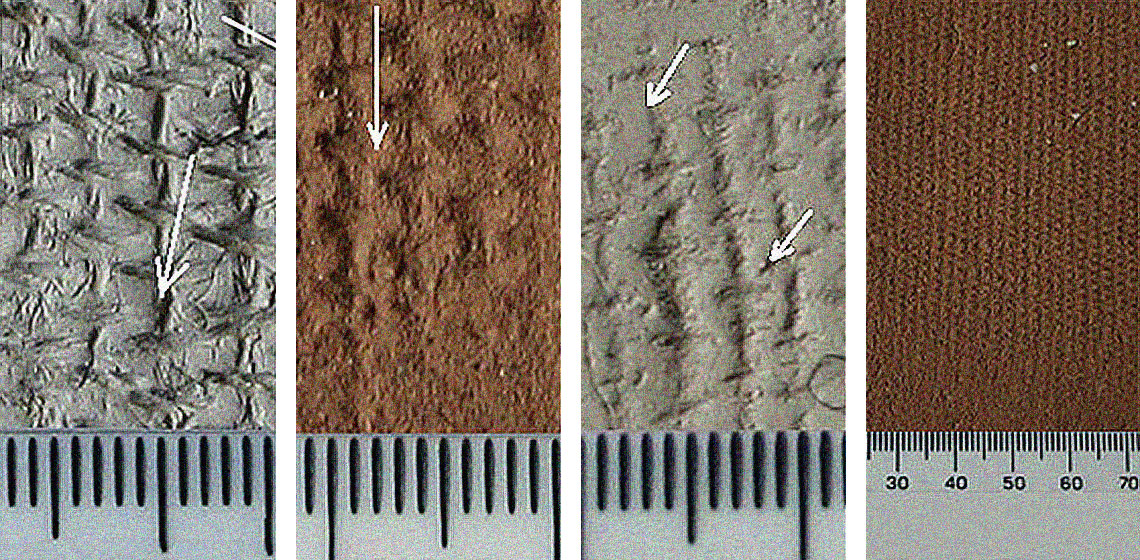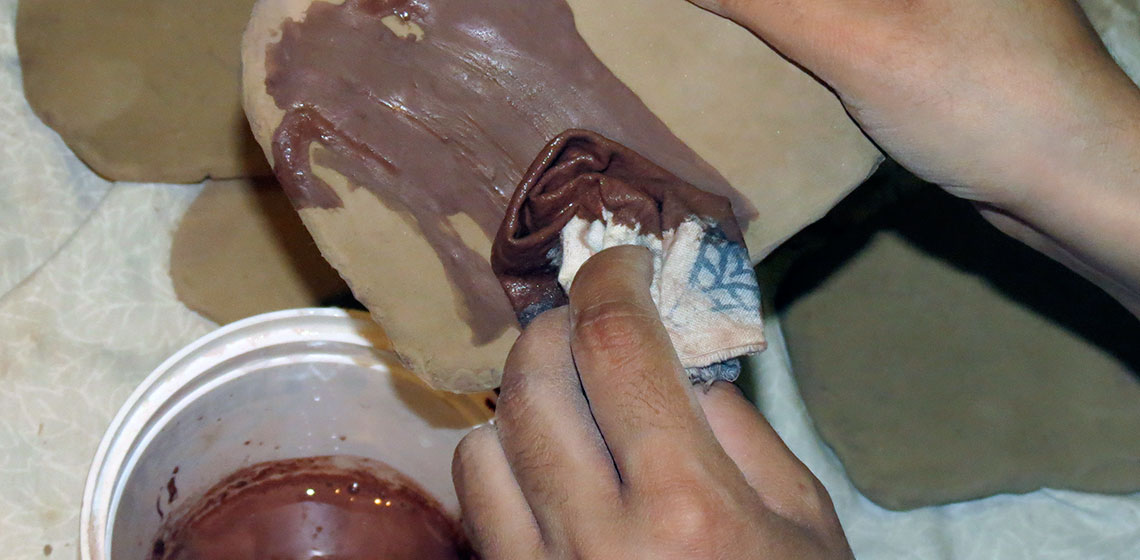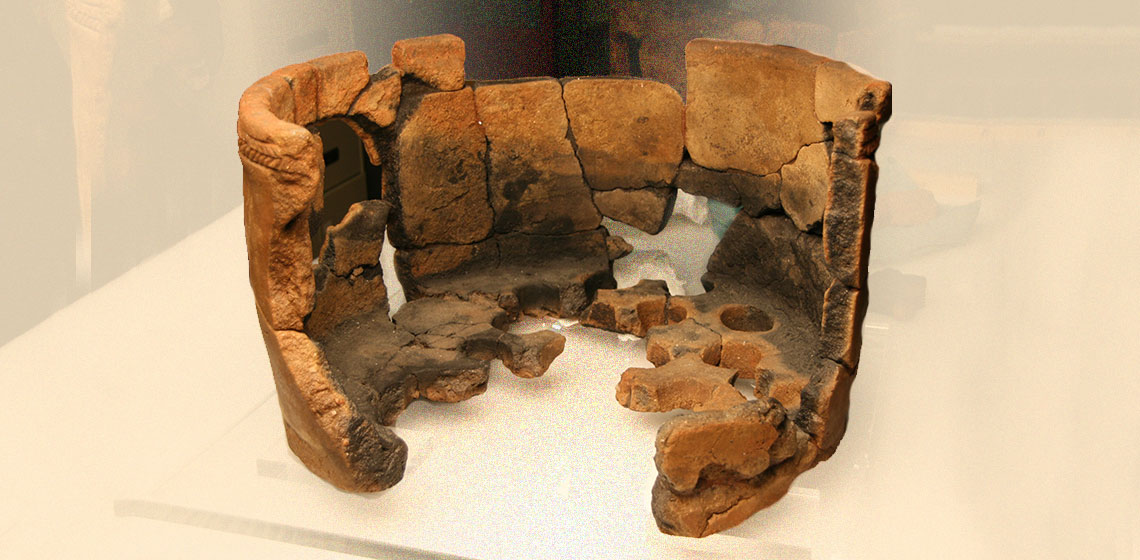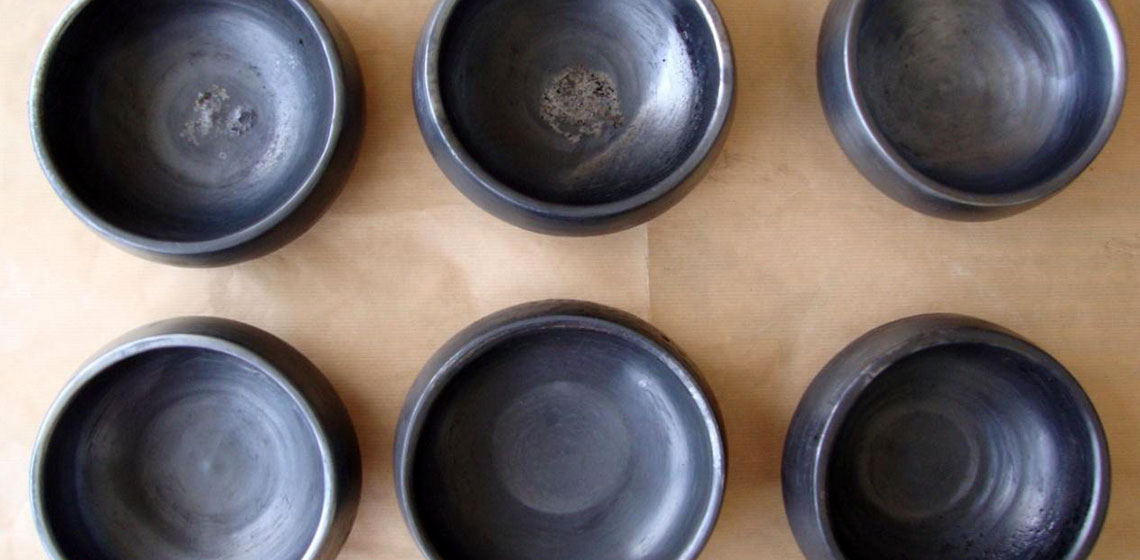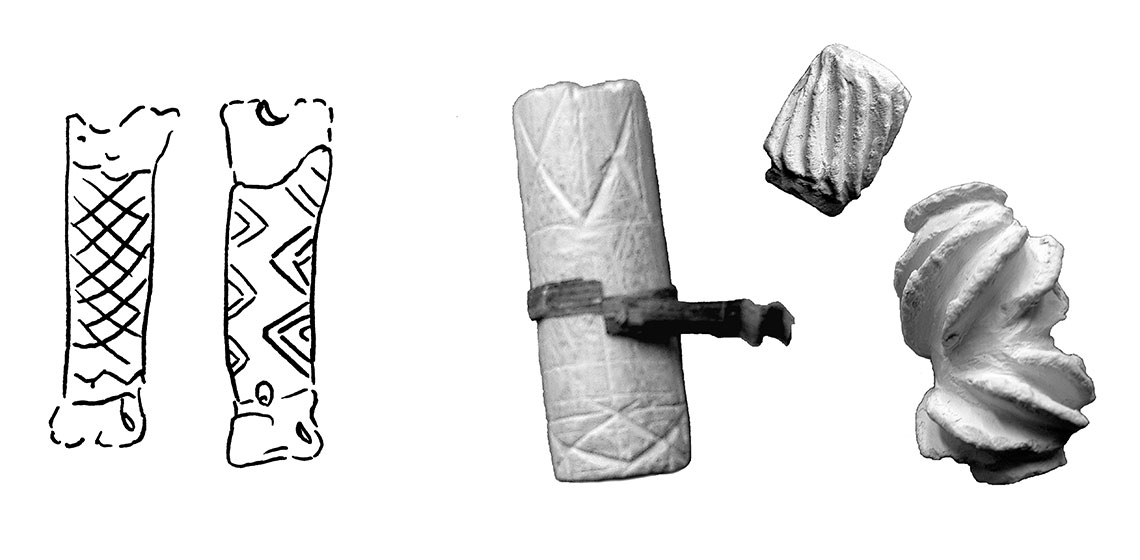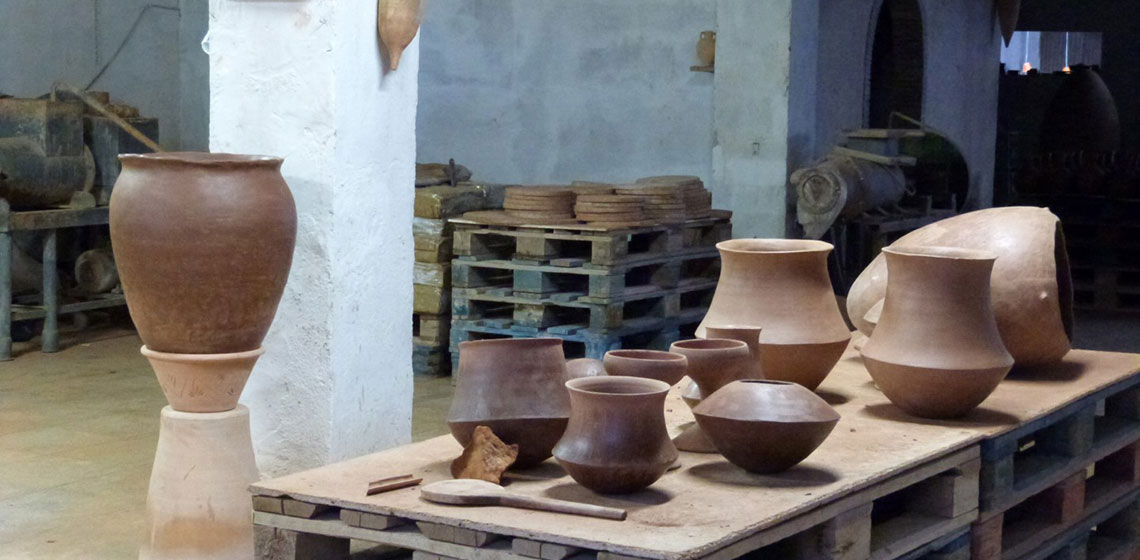
Ceramics are an important archaeological source of information, teaching us indirectly more about the people in the past who made, used and discarded it. Experimentation may include making ceramics with similar clay sources, techniques (heel thrown or not) or testing pottery kilns which can be compared to their archaeological examples. Thin sections of reproduced pottery are compared with original sherds to see if ‘we got it right’. In the years 2018-2019, EXARC was part of CRAFTER, a project about Bronze Age pottery being reproduced by modern potters.
In the EuroREA (fully available on this website) we published several articles on Ceramics. Here as PDFs:
EuroREA 1/2004
Experimental Pottery Firing in Closed Firing Devices from the Neolithic – Hallstatt Period in Central Europe (PDF)
STUDIES - Richard Thér, Society for Experimental Archaeology (CZ)
EuroREA 1/2004
Experiments on pottery manufacture (PDF)
ITEMS - Felix Adrian, Tencariu (RO)
EuroREA 3/2006
Implications of crushed pottery in prehistoric pottery (PDF)
ITEMS - Martin Hložek, Radomír Tichý, Hana Dohnálková, Iva Dohnálková (CZ)
EuroREA 3/2006
Pots and drums: an acoustic study of Neolithic pottery drums (PDF)
STUDIES - Lynda Aiano (UK)
